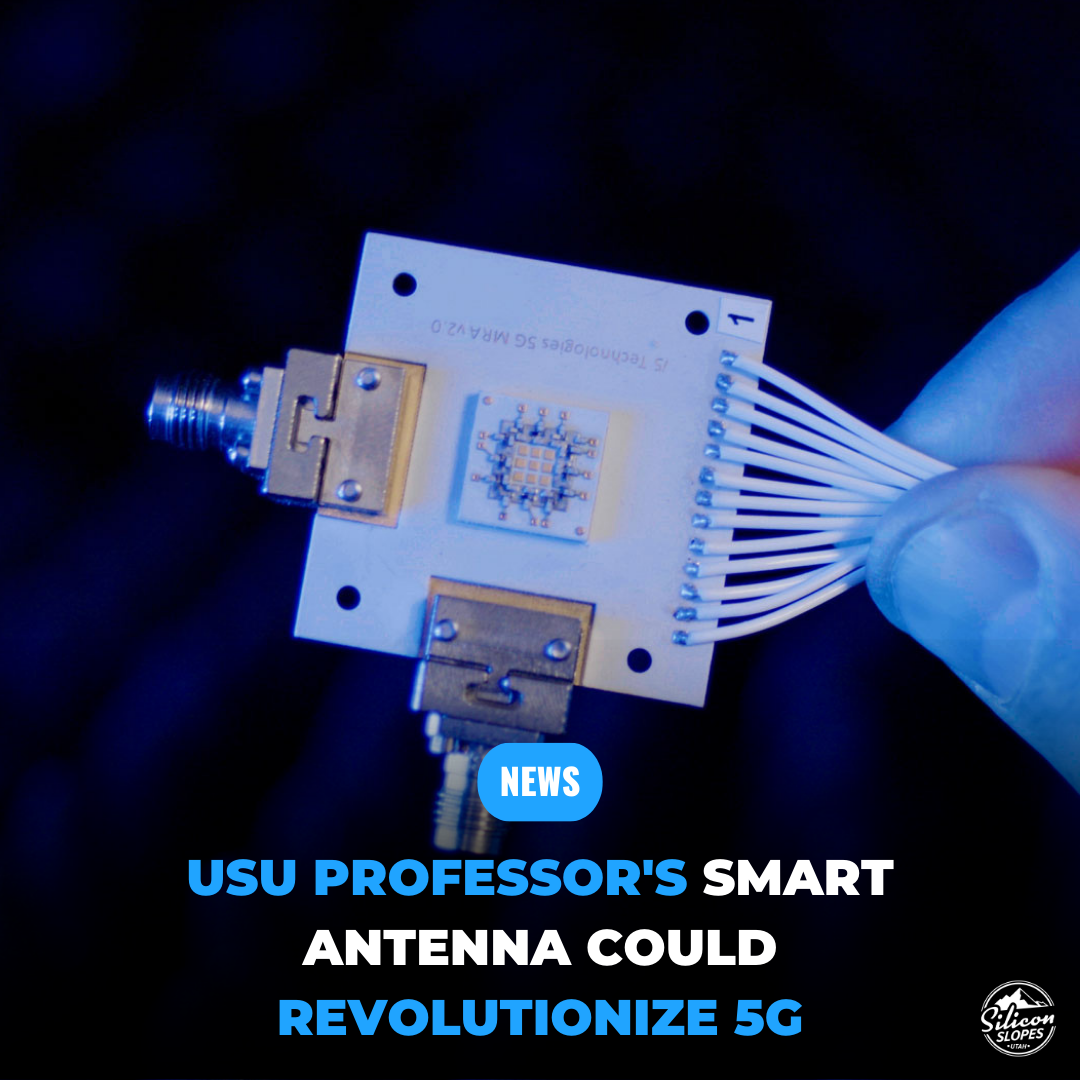Utah State University professor Bedri Cetiner has developed a groundbreaking antenna technology that has caught the attention of a national wireless provider. The technology, known as a multifunctional reconfigurable antenna, has the potential to transform the telecommunications industry.
Cetiner is a professor of electrical engineering at USU. Unlike traditional antennas that transmit and receive signals in all directions, Cetiner's design focuses on directing signals in specific directions, shapes, and frequencies. This approach not only saves energy but also optimizes the use of the electromagnetic spectrum.
Cetiner emphasizes that the transition from 4G to 5G is not a simple retrofitting process but a shift to an entirely new paradigm. The higher frequencies and increased bandwidth of 5G allow for more data transmission and a larger number of users on a network. This necessitates antenna technologies that can support directive and steerable communication.
Verana Networks, a Massachusetts-based company that holds the license for Cetiner's patented antenna, recently announced plans to collaborate with Verizon for a pilot study. Verizon will test the 5G base station equipped with the new antenna module in major metropolitan areas. The trial aims to assess the antenna's performance and potential in real-world scenarios.
Cetiner's success in securing the licensing deal with Verana Networks is a significant achievement for his spinoff company, i5 Technologies. The company focuses on innovative telecommunications equipment and employs three of Cetiner's former students. Cetiner believes that his role as an innovator allows him to provide his students with the necessary skills to become the next generation of engineers and sees a strong connection between his research, his company, and his teaching.
The antenna developed by Cetiner offers several advantages, including reduced data transfer delays and new possibilities in fields like education and medicine. It could enable surgeons to perform remote surgeries using robots or facilitate global classroom teaching without time delays. The improved antenna design and higher data transfer rates made possible by this technology could open up a world of possibilities. And if successful, this new antenna technology could mark a significant milestone in the evolution of wireless communication, bringing us closer to a future with faster, more reliable, and more advanced network capabilities.






